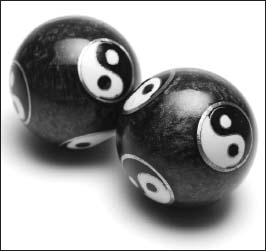Daoism and CctHistory and Sources |
What was the earliest Daoist sacred text? |
First and most influential of the Daoist sacred texts is the Dao De Jing, which translates into English roughly as Classic of the Way and Its Power. Traditionally attributed to Lao Zi, the text actually dates from between 300 and 250 B.C.E. Authorship and immediate historical context remain uncertain. Its attribution to the “Old Master” may have arisen out of a desire to lend the text greater legitimacy and credibility. The Dao De Jing’s eighty-one tantalizing short poems brim with paradox as they try to describe the indescribable by saying what it is not. Just as the value of a cup is the emptiness within, so the Way progresses by (apparently) going backward. As all of nature acts without conscious effort, so the person who strives in hope of gain loses all.
The curiously attractive teaching of the Dao De Jing emphasizes the Way of utter simplicity. Divided into two parts, poems one to thirty-seven focus on the Way, poems thirty-eight to eighty-one on its Power. Some describe the Way as the passive principle and its Power as primal spiritual energy. Anyone who tries to define the Way must know that it remains indefinable. Dao is the source of all energy but eludes discovery. Imperceptible yet irresistible, impersonal yet ever-present, the Dao’s power is like that of water: the softest of all elements inevitably dissolves the hardest. Although the text may sometimes give the impression that it favors the more mysterious female Yin over the male Yang, that is perhaps a result of its need to counter prevalent social biases. In the end, life can proceed only with a perfect balance of Yin and Yang, mountain and valley, light and dark, dry and moist, evident and hidden.

